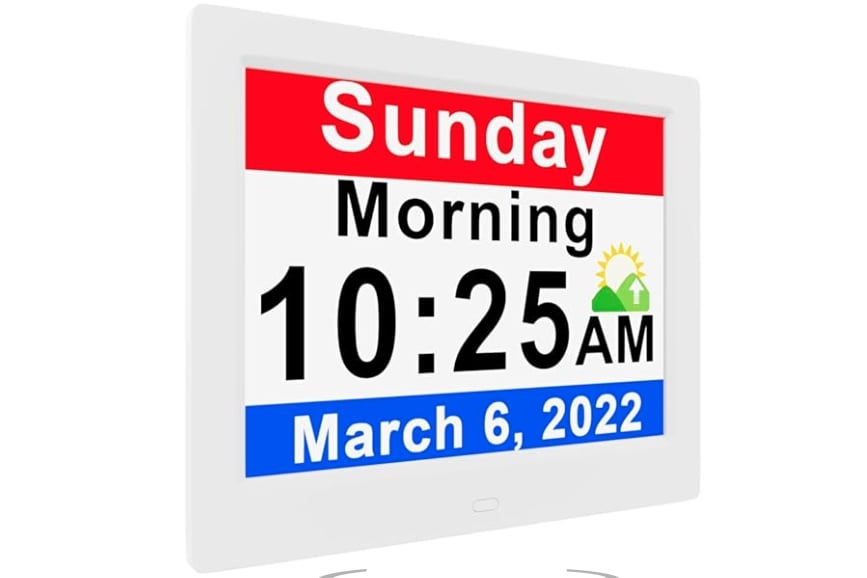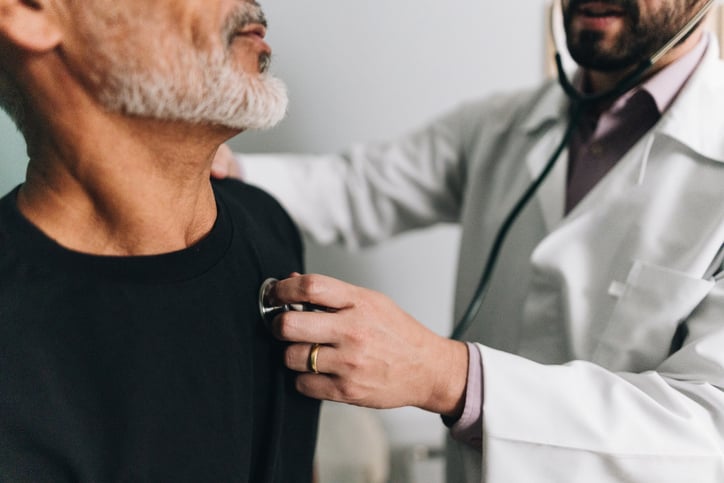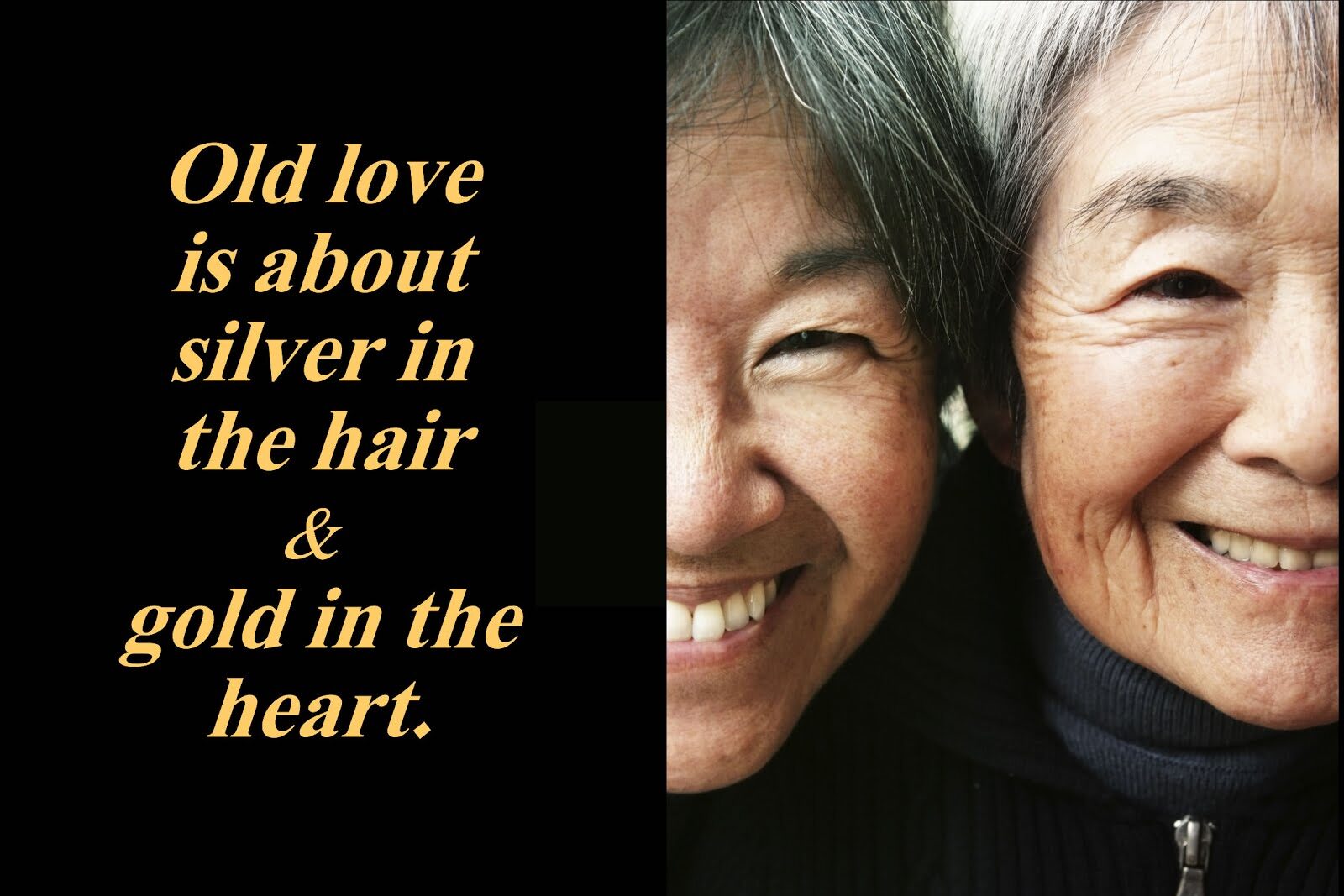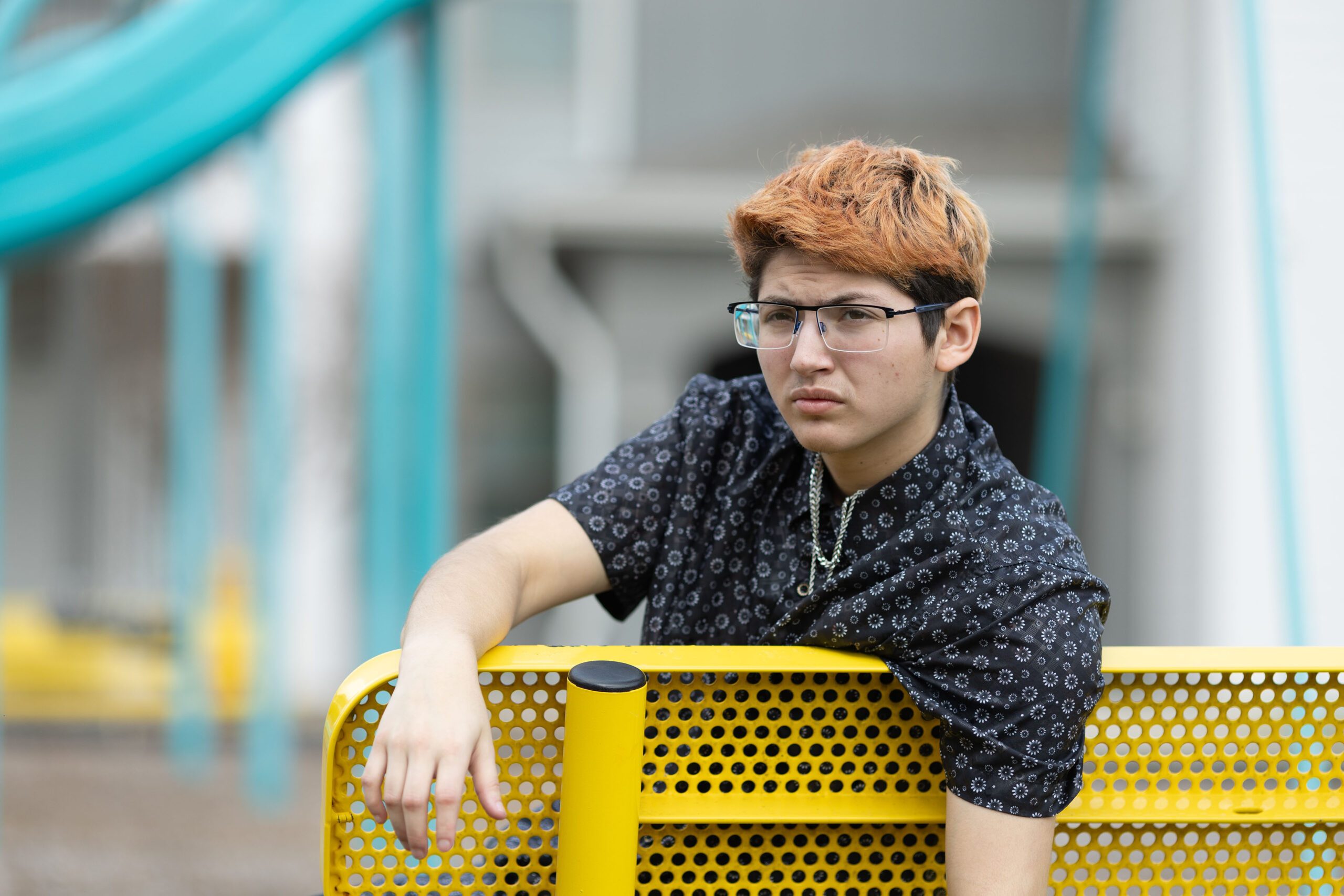

Seguing into my thirties came with so many changes, that so often I found myself reminiscing of easier times. My entire twenties. Times when I felt more comfortable dating, going out on long brisk walks, and running to impromptu gatherings with friends and family. But as time continued, I no longer had the steadiness within myself to really enjoy life. I’d meet up with friends, but overwhelming senses of paranoia completely usurped me: Does my friend dislike me? Is she jealous? Will she backstab me?
Even more disconcerting were moments of complete disassociation. While I was perhaps writing in a café, I would think: Where am I? Who am I? Why do I feel like I’m watching myself in a movie? Flights of complete separation from myself and my surroundings could only be quelled by utilizing grounding skills I learned in therapy. What am I touching? I thought, as I’d cling to the sides of a wooden café chair, trying to come back down to earth. But the real tipping point came when I started to hear voices, whispering to me, “welcome to your thirties.” It had been a new voice, not a deep, inner voice, but an external one that haunted me with both its presence and perhaps its truth that I had developed a serious mental issue with age that caused psychotic symptoms I’d never experienced before.
So, when I just about 31, I began to see a psychologist and a psychiatrist. The psychologist was pretty introspective, “why don’t you feel settled?” she asked one session, gazing at me intently as she spoke.
“Well,” I responded, “not only do I sometimes hear voices, I have a deep sense of paranoia about people and their motivations. I don’t think people like me.”
She continued, “it could be long-held cognitive distortions that you really haven’t explored yet.”
“I suppose,” I answered, “but I’m just starting to feel this way. I’ve been pretty stable for years.” She got me thinking though. Had things changed circumstantially so much for me that I’d finally come up against these faulty thinking patterns?
“I encourage you to challenge these thinking patterns,” she replied, “by really looking at the world around you. By observing the reality.” She hesitated, “perhaps you’re misreading people’s mannerisms, or perhaps you’re coming across a certain way that makes certain people feel uncomfortable?”
For a brief moment, I thought of an encounter I had with a love-interest of mine, Gil. I met Gil in undergraduate when I was 21 years old. For years, we’d meet up occasionally at his favorite Asian bistro to discuss our lives post-graduate. I’d gone on to pursue my Masters in clinical social work, and he’d just finished his Masters in elementary education. I recalled once when we were hanging out, I’d gotten suddenly really insecure about his feelings towards me. I was 29 years old, and it was around the time I’d first experienced schizoaffective symptoms. In a rage of confusion, I blurted out, “are you mad at me? Your eyes are squinting. It does seem like you’re a little upset. Like maybe I said something to offend you?”
“Merissa,” he replied, “I really like you,” he looked at me steadily as he spoke, “but you personalize way too much. I’m not mad at you at all. I’m just thinking about what you said.”
I was in shock that he’d just been thinking about the conversation, and while it was relieving to know, it worried me that I built up such a distortion in my head. The question still remained: Where did all these negative internalizations about self and others develop? Since that meeting, I’d seen him less and less, which had grown into another source of worry for me. But it was simultaneously relieving since I really wasn’t comfortable enough to engage with a man I’d had romantic feelings for on that level. So, for years I’d just become avoidant with people in general, and very specifically with men.
~
I wasn’t ready to give up though. For a couple months, I’d done trauma-informed therapy to challenge my distorted thinking patterns. I was then referred to a psychiatrist. And that hadn’t been all new to me either. I had expected a diagnosis somewhat; at 24, I was diagnosed with Depression, and my symptoms subsided after only a couple months of taking Zoloft. I hadn’t, however, expected that my symptoms indicated a disorder as serious as schizoaffective disorder, but that was precisely what I was diagnosed with.
“How do you address this? This whole schizoaffective thing.” I asked my psychiatrist. She’d been in practice for over thirty years.
“You will need medication to help minimize the voices and paranoia.” She looked at me intently, “but I would continue psychotherapy to help you manage your life with this disorder. There’s sometimes self-stigma that comes along with a diagnosis like schizoaffective.” Pondering for a second, I thought about my friend Gil. Perhaps it was schizoaffective that was making it so difficult to maintain a relationship with him. Immediately, it became another source of worry: my capacity to truly connect in relationships with this disorder.
“Is this really something I can live a normal life with?’ I’d been toying with the bracelet so I needn’t really make eye contact with her while I spoke.
“It’s really up to you. But you need to put the work in,” she replied, “are you concerned about anything in particular?”
“Yes,” I replied, “my ability to be in a romantic relationship,” I said, as I continued to toy with my bracelet.
~
Several months passed, and I began to think about the reality of my disorder. The medication helped. I heard voices less, and I felt less weary about other people’s motivations. Still, I wasn’t truly settled for the one real reason that things romantically weren’t working out in my life. I felt stigmatized for having the disorder. Things had really dwindled with Gil. He was the one person I’d really opened up to in the last decade; but once 31 hit, I’d heard from him much less. I’d also reached out to him much less, so I broached the topic in therapy to explore the topic a bit more.
“So,” I started one afternoon with my psychologist, “I am thinking schizoaffective is the reason I can’t connect. I really haven’t been effective in dating,” I continued, “well dating with one person. My friend Gil.” My psychologist slightly pursed her lips. “I think there’s something there between us,” I continued, “but I’m not really able to solidify anything. Maybe he doesn’t like me because of my disorder?”
“Which part do you believe is true?” she started. I’d felt a bit offended, but I continued to delve deeper within myself for an answer.
“Well, all of it. That’s why I brought it up.” I replied.
“Do you think there are other truths in all this?”
Then it suddenly hit me, “I wouldn’t exactly know,” I began to bangle my bracelet as I’d conjured up courage to speak again, “but perhaps I should consult the source and really hear what he has to say.”
“Sounds like a plan,” she replied, “sounds like a plan.”
~
Right after my psychotherapy session, I gave Gil a call. I’d repeated several self-affirmations before calling: you are competent, you are good, you are everything you need. I was already feeling sturdier and more confident by the time we were actually talking on the phone. He agreed to meet me later that week at his favorite Asian bistro, as usual, MyWay. “10AM on Thursday sounds good?” I asked,
“Sure,” he responded. “but make sure you remember,” he continued, “I haven’t seen you in a while.”
10AM came, and I was only running 5 minutes behind. But by the time I entered, Gil was already very situated, blithely sipping on a cappuccino at a table with two seats at the front window. I ran over, and he sat up to give me a hug. We just awkwardly looked at each other for several seconds before I broke the ice. “So…what’s new?” I started. He was silent for a couple seconds, his eyes squinting so much so that I could only see the darkness of his pupils between his eyelids.
“Merissa,” he responded, “I was really happy that you reached out to me” he broke his stare, and began concentrating on the cappuccino just sitting there on the table between us. He’d been drinking it quite some time before I got there, so it was nearly half-empty by now. “But to be honest,” he continued, “I came because I wanted to know a little bit more about you…”
“OK” I said. I began to feel pangs of paranoia rising within me.
“Well,” he continued, “why did you ask me to meet you today? I hadn’t heard from you in a while.”
Thoughts ran through my mind, and I began to identify facts to counter the distorted thinking patterns. He still hasn’t criticized me, this question doesn’t necessarily mean anything negative, perhaps he’s just curious?
“To be honest, I’ve been doing a lot of personal work with a therapist.”
“What kind of work?” he asked.
I’d felt this real strong inkling to tell him the truth, “ironically I reached out to tell you a little bit more about me. I was diagnosed with schizoaffective disorder, as well as paranoid thoughts. I’ve been doing psychotherapy, and seeing a psychiatrist. It’s been a lot of work. Identifying faulty cognitions, and identifying my strengths. I still feel a lot of shame though about having this diagnosis. And maintaining relationships.”
“It’s interesting you say that,” he continued, “you had seemed insecure about yourself in the past. But the ability of yours to challenge self-deprecating thoughts lies in you the same ability to identify all your strengths.” He replied.
I thought for a second about what he said. My strengths. I’ve engaged in self-affirmations, but I was struggling to understand how someone schizoaffective would ever be inherently settled ever again.
He continued “it’s part of your recovery, your human experience.” He hesitated briefly, “did you ever think that all people struggle? And still, they live their everyday lives as a whole person. The good and the bad, as a single person?” He began to look steadily at me again, “Did you ever think that in those moments you thought I was looking at you weird, I was considering telling you something personal about me?”
“I hadn’t.” I replied sharply.
“Well,” he smiled blithely as he’d often done to lighten the mood, “I was.” He stopped to look at his cup again, and then continued, “I was debating whether to tell you that I looked at you more than just as a friend. That I am actually in love with you. And all your parts.”
He then gracefully rubbed his hand against mine, “so let’s give this a shot.”
“Ok,” I said, “but my schizoaffective. There are a lot of, well, rough, biologically-rooted parts in me that cause a lot of issues.”
“No,” he replied, “there are no bad parts. Just different parts of you. So, let’s start this ride, together.”
“Together,” I repeated, “with all of me,” I continued, “and all of you.” He then kissed my hand. We then got up, hand in hand, and left the cafe together.
~
So, all in all, in time I realized that love and self-love were the answers, as so many old adages tell us. Engaging in both gave me the insight that all my parts make up the reality of me. And while some of those parts were (and are) treacherous for me to experience internally at times, I know each developed in me to keep me safe & sound in world that is so often overpowering. Times when I needed to be more introspective about life in order to continue living accurately in it. And while other people’s opinions remain pieces of evidence that help me navigate myself and the outside world, it’s my capacity to love & accept myself as a whole being that allows me to fully experience life, and provide in it simultaneously. It’s just a plus now that I can share it with Gil, in a romantic partnership, where we constantly insight the other about living life at our fullest systemic potential.
—
iStock image
Disclaimer: This story is auto-aggregated by a computer program and has not been created or edited by healthlydays.
Publisher: Source link











